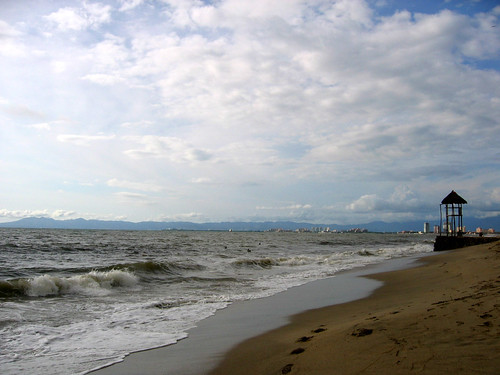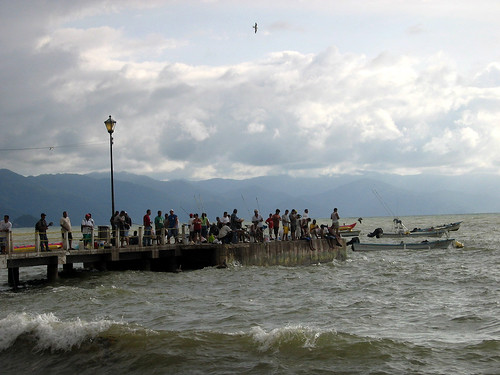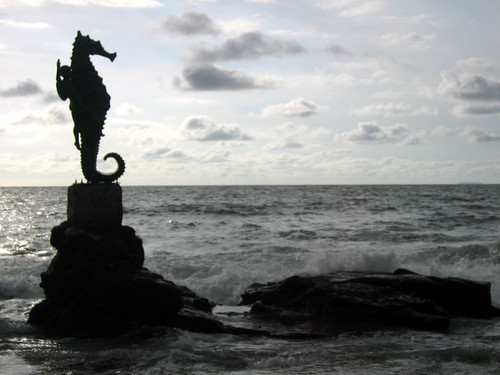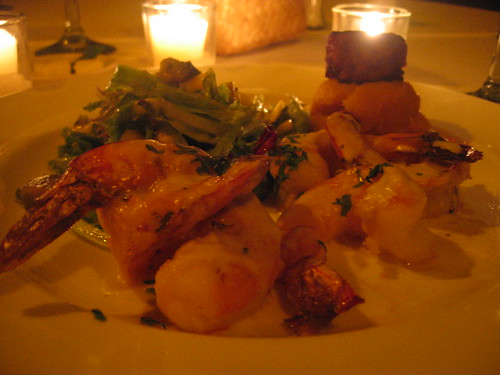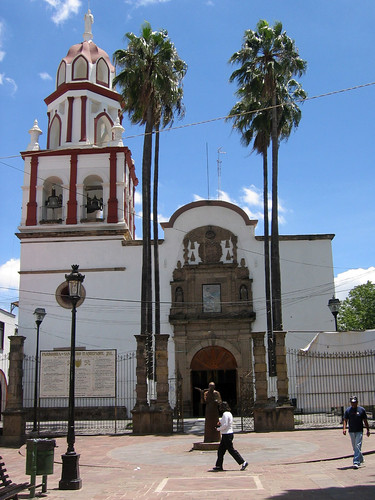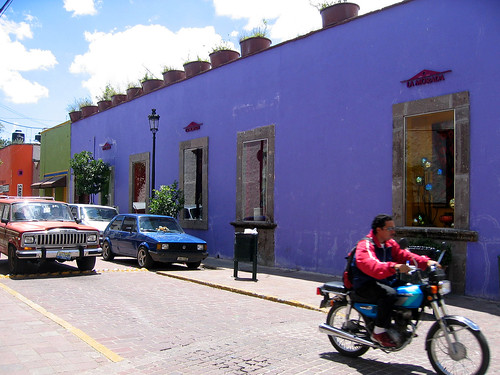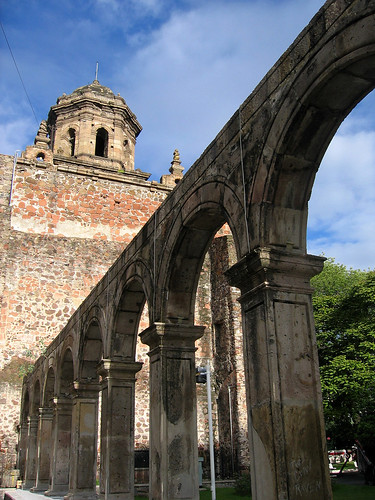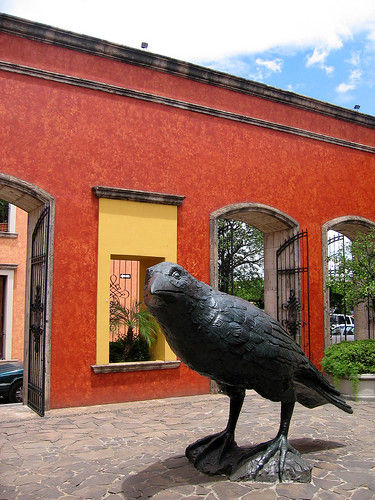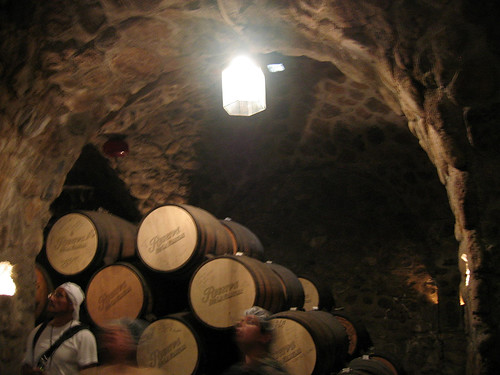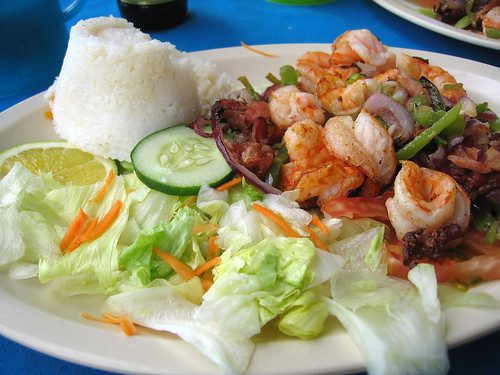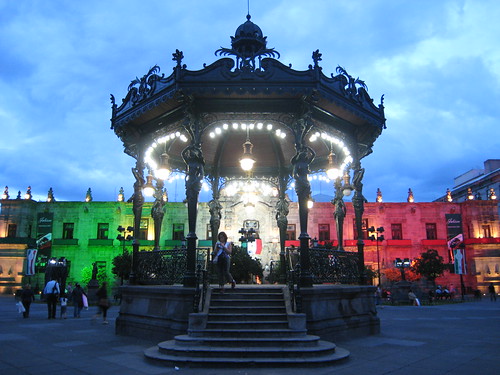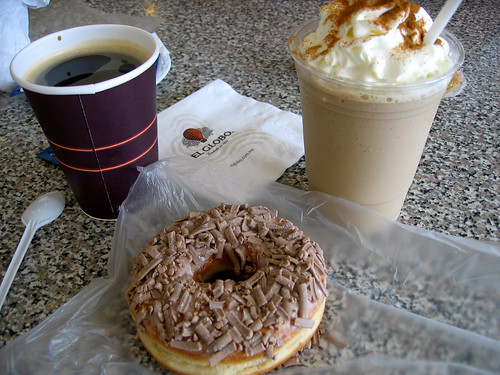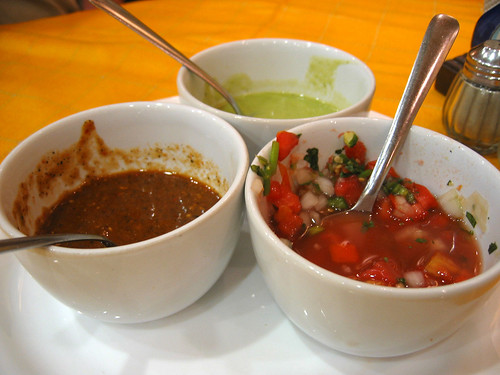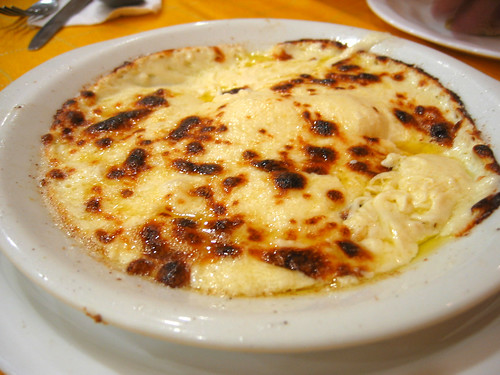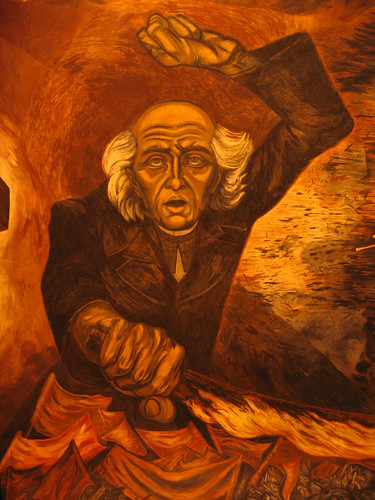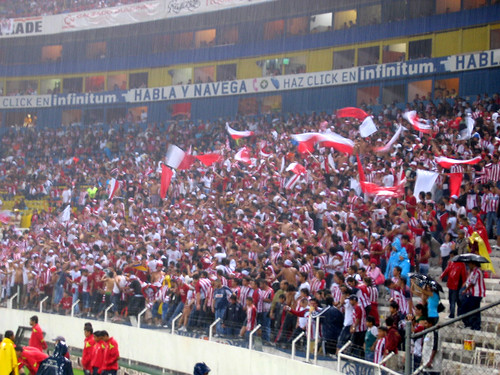I woke up early on my last morning in Guadalajara to catch the ETN bus to Puerto Vallarta. The journey ended up taking over seven hours instead of five because of bad traffic in Guadalajara. The bus fare included “lunch,” which turned out to be a limp white bread sandwich with mayonnaise and ham inside, but other than that, the bus service was pretty nice.
My troubles began when I checked into my hotel, Playa Los Arcos. They had mixed up my reservation and placed me in the wrong room, saying that they’d move me to the right one in the morning. (Little did I know that the next day, they still wouldn’t have our room ready and would be rude about it to boot. By the time I was shown the correct room, I conceded that the hotel was a far cry from its online description, to put it nicely.)
Defeated, I took a stroll down Playa de los Muertos to check out the new surroundings. Vallarta was not what I thought it would be. I knew it was going to a touristy city, but I never thought it would be as rampant as it turned out to be, especially since I was visiting during the low season. But with a Hooters downtown (opposite a cathedral, no less) and a Senor Frog’s down the street from our hotel, it felt like some kind of tacky endless spring break where I couldn’t help but wonder how the residents feel about it all.
It took a while to adjust to the humidity, so I slowly made my way to La Palapa for dinner. If there is one place in Vallarta that makes up for all the mediocre food, this is it. My only regret is that I didn’t have much of an appetite that evening. Still, my grilled shrimp, salad of frisee and avocado, yam-plantain mash and white corn puree was absolutely delicious.
The service was wonderful too, and I was seated just a few steps away from the beach. As I walked back to the hotel that evening, I made a point to come back to La Palapa again during our stay.

